During the Wellcome Photography Prize submission period, which closes 17 December 2018, British Journal of Photography is profiling photographers who are exploring the importance of health in society and the impact health issues have on people and communities worldwide. In line with the Outbreaks category, BJP spoke to Marcello Bonfanti, who took portraits of women and children Ebola-survivors in Sierra Leone.
In 2014 Sierra Leone was in the grip of one of the worst outbreaks of Ebola the world has ever seen. It was clear that without a coordinated, international response, the deathly disease would become a pandemic, threatening global health security. At the time, Sierra Leone, which ranked 181st out of 188 countries in the United Nations Human Development Index (a summary measure of average achievement in key dimensions of human development) and is one of the poorest countries in the world, was in the process of recovering from civil war. Its national health system, already precarious, was far from prepared to deal with the 450 Ebola cases per week, which were about to walk through its hospitals’ doors.
It was here that documentary photographer Marcello Bonfanti spent six days taking black-and-white portraits of Ebola survivors for the series Ebola Survivors – Sierra Leone. Italian by birth, Bonfanti regularly travels to work with NGOs located in dangerous locations. While in Sierra Leone, he was based at the Italian NGO Emergency, which had set up a military-style hospital compound in response to the life-threatening virus.
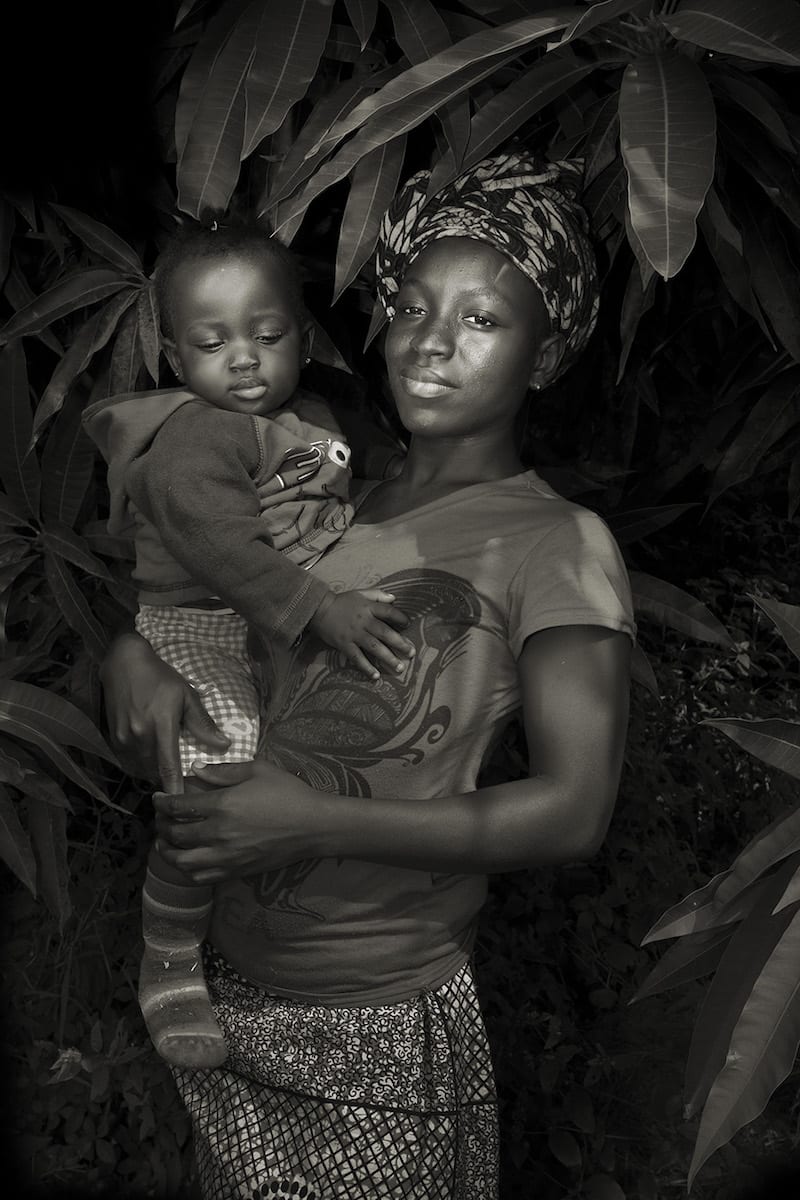
For Bonfanti, the camera acts as a gateway into “places where one would not normally travel in the middle of an Ebola epidemic” This enabled him to capture things that might not otherwise have been documented. “I wanted to stimulate empathy in the observer and make them feel what they [the survivors] have been through,” explains Bonfanti. With this approach, he produced a series of honest portraits that went on to win first prize in the 2016 Sony World Photography Award for arts portraiture.
Beyond this, the images Bonfanti captured form part of a narrative around Ebola, which is not usually part of our collective consciousness. “I didn’t want to depict Ebola as the horror that we see it as in mainstream images,” he explains. “People in the photographic business often expect to see a shocking image. They expect them [the subjects] to be depicted as dirty and ugly just because they come from a poor place. I have never perceived them [the subjects] as such. I always try to put these people in a very strong and well-defined composition.”
This approach was reflected in his photographic method: “I decided to be very quick because I could feel that it was very painful for them to talk about. I didn’t want to make them feel uncomfortable,” he says. “On one side they were happy because they survived but then on the other side they were in mourning. Some of them thought they were the only ones left in the family.”
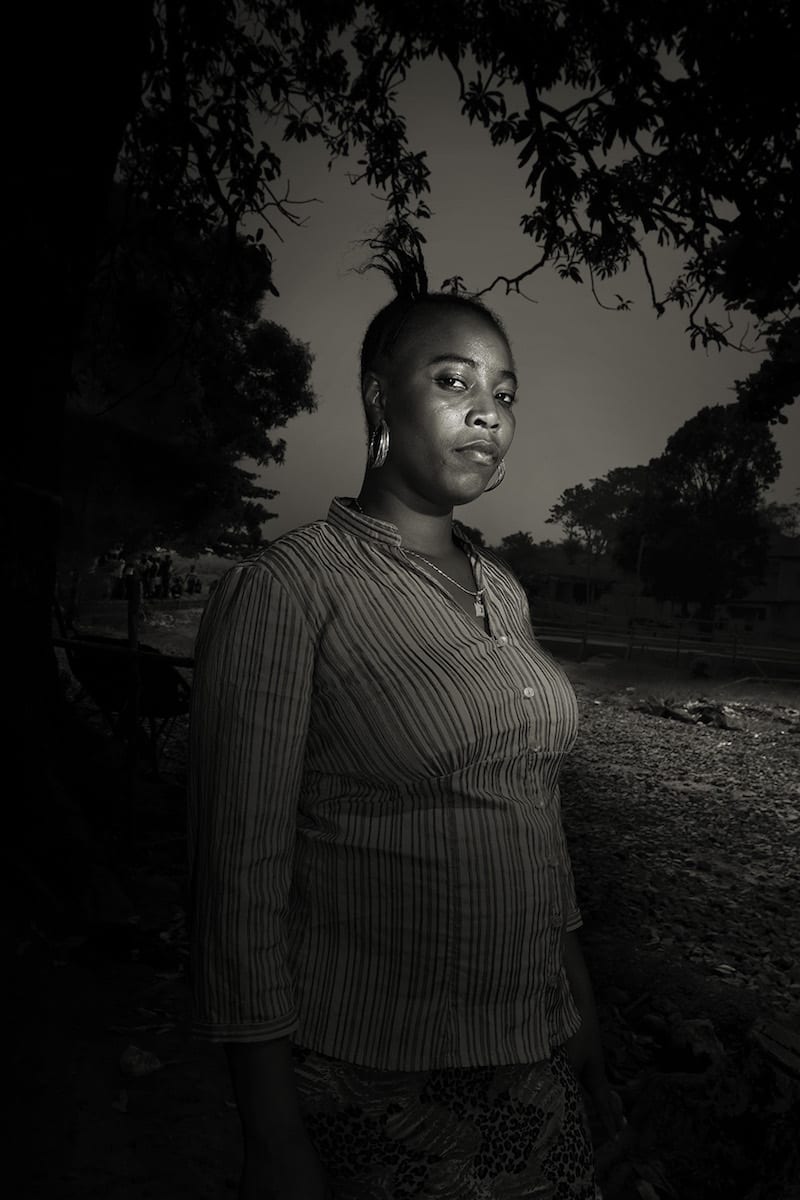
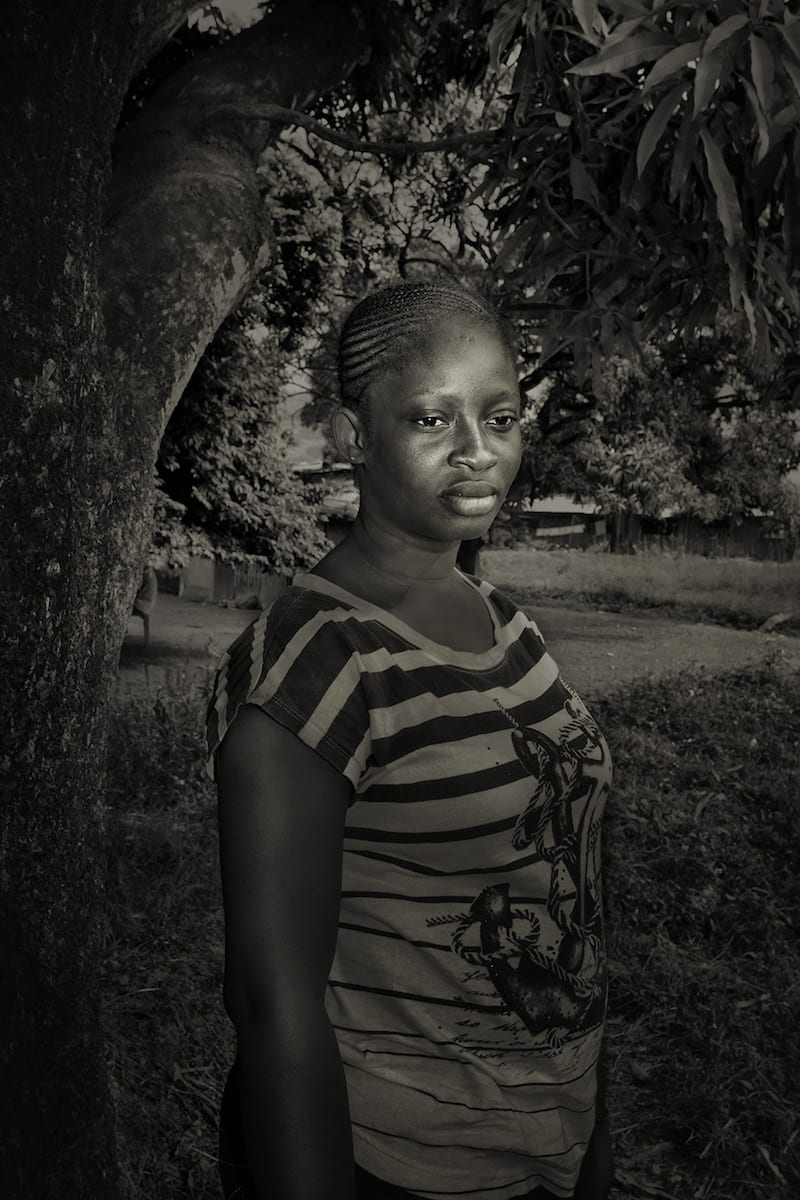
Ultimately, the message conveyed through Ebola Survivors – Sierra Leone is one of hope and admiration. This contrasts greatly with the publicity of the time. The international media’s response to the Ebola outbreak in 2014 was one of panic, drastically out of sync with the sombre yet stoic women seen in Bonfanti’s portraits. The macabre images of bodies and empty streets that circulated in the media contributed to what Bonfanti sees as a “subtly racist and colonial representation of suffering.” He argues that this image was far removed from the reality he experienced on the ground: “The perception that I had when I was there was totally different from the perception I had when I was at home watching the news and reading magazines. There was not an atmosphere of Armageddon. There were no empty streets. It was much more subtle.”
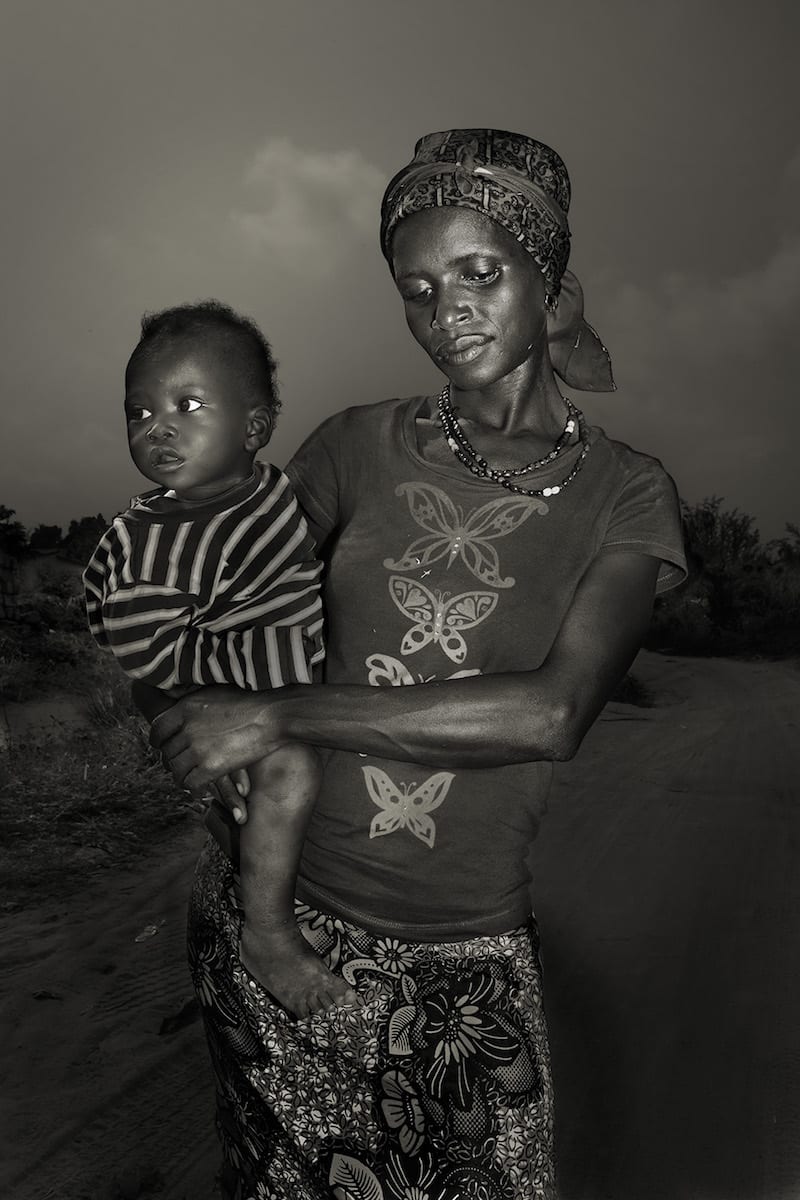
Survivors, like those captured in Bonfanti’s portraits, are rarely depicted. This further enhances the discord between perception and reality. He goes on to draw on statistics, stating that “if you compare the amount of infection with the population you find that just 0.18 per cent of the population was infected. The dangerous thing is that we don’t know how to properly treat this virus. There was no vaccine.”
As a photographer documenting a viral deathly disease, is it possible to remain hopeful? “Hope is in science,” says Bonfanti. “I trust the positive, rational thinking that is leading the researchers of health issues. While I was working there [at Emergency], they had new cases each week so the doctors and researchers found out lots of new things.” Through funding from organisations such as Wellcome and a swift, collaborative response to the virus, a vaccine was developed during the 2014-2016 outbreak. By the time its effectiveness had been proven, the outbreak was already abating, however the vaccine was used during the 2018 Democratic Republic of the Congo outbreak and had a high success rate. Such long-term research efforts are, for Bonfanti and many others, crucial: “When you work in these countries you really understand how much the positive and rational thinking impacts and saves lives.” His work goes some way in reinforcing this statement: Ebola Survivors – Sierra Leone demonstrates how images can be the perfect vehicle for communicating important public health concerns.
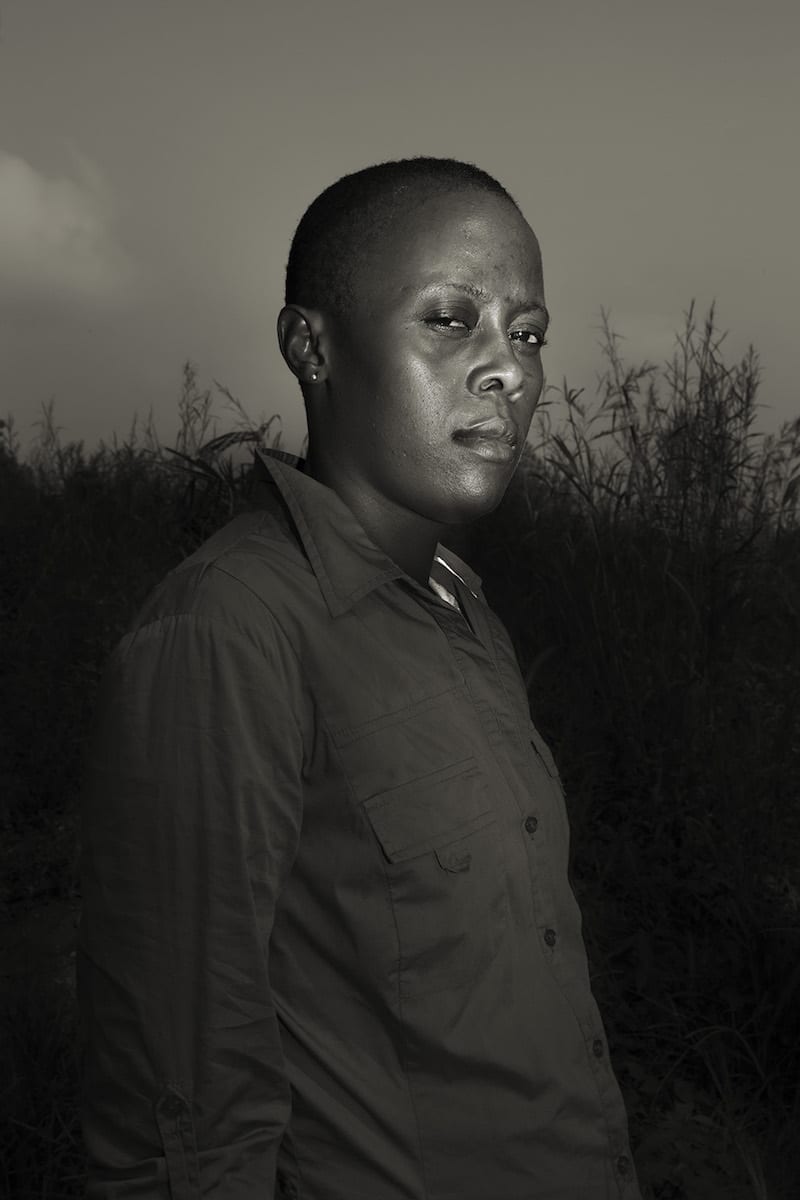
The Wellcome Photography Prize is calling for work that will shed light on, and raise awareness about, stories of health, medicine and science. Each category winner will receive £1,250 and be featured in a London exhibition; the overall winner will receive £15,000. Entry is free and the deadline for submissions is 17 December 2018.
–
This article is supported by Wellcome Photography Prize. Please click here for more information on sponsored content funding at British Journal of Photography.

